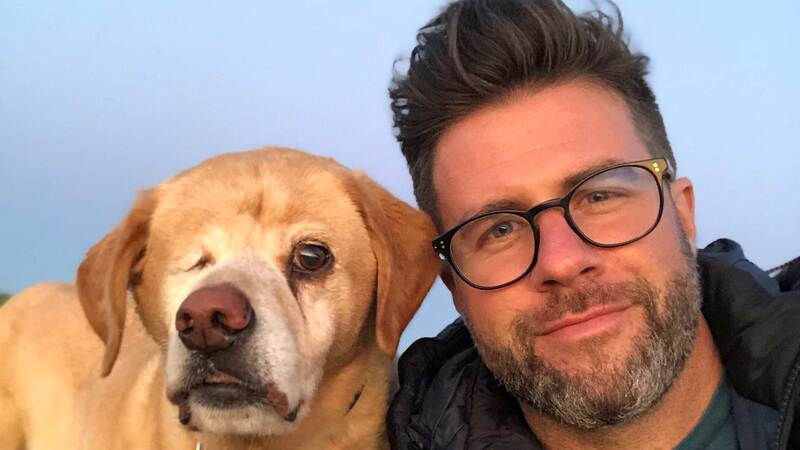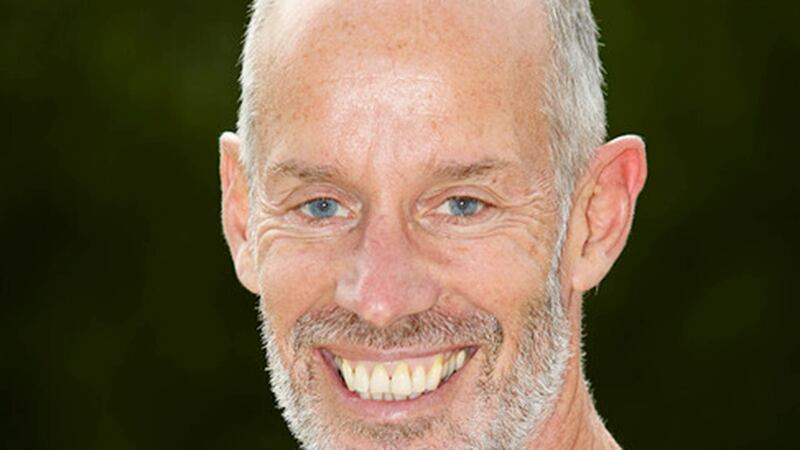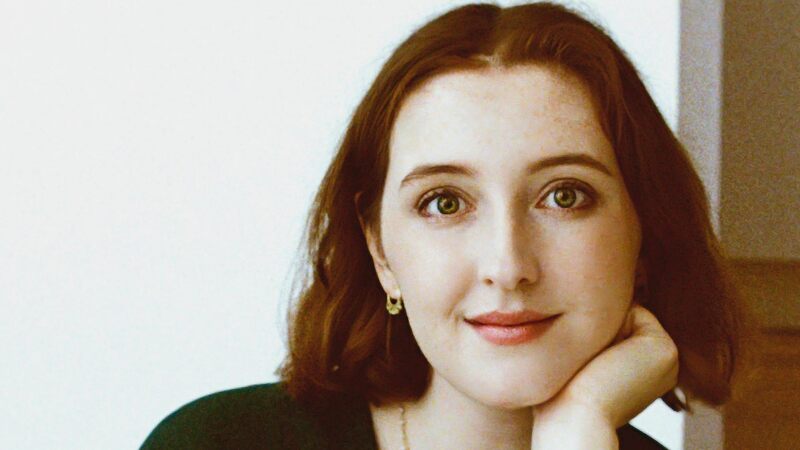You are viewing your 1 free article this month. Login to read more articles.
Interview with Shirley Hughes
Where did the initial idea for Daisy Saves the Day come from?
Always the $500 question, where do you get your ideas from, and I can never answer it except to say I’m mostly known for the younger, pre-school readers but I do think that it’s lovely to be able to do a book for older children that is a picture book. I don’t see why older children who are reading to themselves or being read to should have the pictures sternly removed from them because they can read - because looking is a skill and also a pleasure. So I wanted to do a book for this age group, that came first in my mind. I had this idea about trying to tell a story about what it was like before we had washing machines and things like that, modern conveniences, but mainly it comes from character. So it was this little skivvy girl, probably only about 13, had to go to work and she’s quite clever but she has to go to work in a house with two old ladies, say goodbye to her mum and little brothers. It's not a posh house, we’re not talking upstairs/downstairs here, it’s not a house staffed by large numbers of people where everybody has a role. This is a much more modest endeavour, two old ladies who mean well and there’s a cook and there’s a maid and Daisy is to be called the maid of all work, she does everything, and she’s terribly homesick. Having set this character, I then thought well of course I’ve got to have a very thrilling adventure story, you’ve got to have a big kick and so I put it in the year of George V’s coronation.
You mentioned your ideas come from character, do you have a clear visual images of what your characters will look like from the outset?
Yes, as soon as I’ve started to think about a book, I start drawing the characters and as I’m my own illustrator I know quite well what Daisy looks like, what the cook looks like. It’s very interesting when you’re doing a period book because the way people move and stand is very much according to what they’re wearing. This was the last era of the long skirt, women’s suffrage was on the go, and when the war started women were working and they couldn’t wear long skirts and then skirts never went down apart from evening wear again. So, they were wearing long skirts and big, huge, enormous hats and there was a lot of stuff. Lots of children have been to country houses and seen the big kitchens with the range, which you had to get up at 5 in the morning to light to get the kettle on to take the tea for the ladies etc. So they know a bit about that, but I thought it would be quite nice to have lots of detail.
Did you do a lot of research into the clothes and houses?
Yes. I have very good sources. I use the Army and Navy catalogue for that year for all the pots and pans and equipment, even prams, although lots is in my head about clothes and architecture from copies of Punch magazine. The research is tremendous fun. And now of course, I can have a website, so if children are interested in doing a project on the period, I’m putting all the stuff about costume, about women’s suffrage, about life on an ocean liner from America and my granddaughter has done me a wonderful website with menus, vehicles, hats, life at that time, all sort of stuff you can access with photographs and illustrations. What’s so nice about an older picture book is that you can give them so much more on the website and then they can go back to the book and see what’s happening.
Do you have any preference about writing contemporary or historical stories?
I like a bit of both really and to change things around a bit. I’ve written a novel recently set in the Second World War in Italy and I’ve just done another one which hasn’t come out yet, Whistling in the Dark and that is set in Merseyside, on the Wirral, where I was brought up, and it’s got a central character of a girl of 13 and it was exactly the age I was when the Second World War started and the Liverpool Blitz was huge, it was just as bad as the London bit, they absolutely pulverized Liverpool because of the docks so it’s got a very exciting background. That won’t have illustrations, that’s a novel, but you draw from what you remember.
Do you prefer writing and illustrating yourself, or do you enjoy illustrating other people’s stories, or having your stories illustrated?
I think the best of all is doing it all your own. I started off illustrating other people’s books because that was where the work was and I got some really good authors, Dororthy Edwards who wrote My Naughty Little Sister, she was a wonderful writer and my first big break. As an illustrator, it’s rather like being an actor, it’s not your show, it’s the author’s show, you’re there to give it a visual form and fill out the characters but you’re as good as the part you get and if you get a good story like that you’re bound to do good drawings. I haven’t really ever written a story and handed it over until this year with Dixie O’Day with Clara [Hughes' daughter], that’s the first time I’ve handed a story of mine over and that was enormous, terrific fun. We had a terrific laugh sitting doing it together. When I wrote the story, which is all about little anthropomorphic animals whizzing about in a car having terrific adventures – absolute thrills and spills, I knew for sure I wouldn’t be able to illustrate, it just wasn’t something I could do, but luckily for me I knew someone who could! Clara contributed quite a bit to the story too, we really dreamed it up together and she puts in lots of stuff that I never thought of.
Do you have a favourite character to draw?
I think possibly my favourite character is Alfie. And I did a whole load of fairy tales I enjoyed, which was a whole another style. When I first went to art school, I was mad about the theatre and I thought I was going to design costumes for the stage so I did a lot of history of costume and so I loved doing traditional fairy tales because you can do different kinds of clothes but also monsters and wicked dwarves and things like that, but also you get a feel for people doing costume. For instance, the way a young man will stand if he’s wearing a sort of Elizabethan costume with amazing tights and a cloak, he’ll stand in a completely different way to a man wearing jeans. Likewise, women stand differently in every period. So in Daisy Saves the Day they are rather tied-in with their huge hats, standing very upright. And then of course there’s the new woman who comes from America, who is a sort of very advanced woman, one feels she’s probably a Suffragette and she’s striding around quite a lot, so her clothes are more assertive. Clothes are very important, and I do know how they’re cut and made and how they hang on the body which helps a lot.
How did you end up illustrating children's books?
The truth is I left school too young, I didn’t stay on to sixth form but I was too young to go away from home so I went to Liverpool Art School and learnt more in one year when I was 16 and 17 than in any other time because it was such a good course. And at that time, life drawing was expected even if you were doing fashion, and everyone had sketchbooks but I living on the Wirral and I wanted to go and see the world. I could’ve stayed on in Liverpool - we were supposed to have gone down the tennis club and find an eligible young man and get that engagement ring on young finger, that was the main endeavour! Things weren’t quite like they now, of course women had careers but careers were what you chose if you weren’t going to get married. Of course, lots of people did but on the whole the atmosphere was to be rather attractive to some eligible young man and I did go down to the tennis club, and I don’t know whether it was my weak backhand, but I didn’t take to them and they didn’t take to me so I thought I’d get out of there and I went to Ruskin Oxford, a pure fine art course. I only went there because I thought I was going to have an absolutely marvelous time, which I did! And of course it opened huge horizons for me, I met people doing other things, a lot of the undergraduates were older because it was just after the war and they’d been in the army and flying Spitfires so they were pretty mature and they’d seen the world and it was a slightly different ambiance to having just left school and so it was a very exciting time. At this art school there was one day when we did lithography and I had a wonderful teacher called Jack Townsend who taught me lithography and of course I was doing illustrations, it was coming out in me, and he said to me, why don’t you try to be an illustrator, that’s what you’re going to be, and so I did. I came to London and that was it, never went back.
And I did anything, anything. My mother gave me a very small allowance to hire a little room and I did educational books, very boring books, I did some very boring books. It didn’t exactly inspire you to be Edward Ardizzone but I always hoped I’d get better and then I got this big breakthrough with a very famous writer, Noel Streatfield, she saw some of my work in a magazine and she said she’d like me to do her next book and that was a big breakthrough. And then Dorothy Edwards was another breakthough, she must’ve seen the work for Noel and said she’d like me to do her next book which was a marvellous moment and we became friends, she was such a marvelous storyteller. Dorothy, like most very good authors, was sensible enough to leave me alone, most collaborations of that kind are best if you don’t have the author telling you exactly what the characters looks like, you want to dream up the person out of your imagination, it’s far better if you’re left alone to do it. Sometimes you don’t meet the author at all, it wouldn’t matter, what they’ve done is put themselves there in the text.
Are you ever tempted to cover darker subjects in your books?
I don’t think you should inflict this stuff on young children, you’ve got to give them the idea that the world is a pretty nice place and it’s very interesting rather more than to watch out in case something awful happens, that’s for later. Even my novels are not really that dark – they’re dangerous, and adventures, but not dark. I wouldn’t say they were bleak. I wouldn’t want to write for teenagers. I’ve written a memoir, but that’s different.
How do you think children’s books have changed over the period you’ve worked on them, and whether what children want from a story has changed?
It’s difficult to say. There seem to be far more anthropomorphic animals around. I do a lot of life drawing, I was trained that way and I keep a sketch book all the time and I go out and lurk about in the park and if you draw children, you get an eye for the way they move when they’re running, or they’re unsure of themselves and then you can come home and make it all up. I think that that life drawing tradition has slightly gone down the drain in art schools, they do vary, but I notice now that there’s a lot more stylisation so you get more comic book characters for the humans and you get a lot of anthropomorphic animals, and they can be very successful of course, but I think my books are always going to be routed in reality, because this small child, this pre-schooler, who is up against the same considerably difficult challenges as Alfie is in the books, like getting your boots on the right foot, going to nursery school or to a party without your security blanket, all this is pretty serious to little children and I think they need to identify with somebody like that and so from all my observation of life, I draw Alfie not stylised, I try to draw them absolutely naturalistically. The abstract stuff, some of it is very effective, I think it’s great, but I do think we should have a mix and I also think children like to pick out detail, looking is a skill, it’s not brought on in children but it’s very important that they should learn how to look so long before they can read they can pore over the pictures and spot little details and they love doing it.
I think stories are terribly important, I would say that wouldn’t I! I think the whole experience of the book for a small child is so collaborative and I think lots and lots of people still look forward to going home and having a moment to put all the chores on one side and just sit. I don’t think there’s any substitute. I think books are wonderful things, it’s a wonderful piece of technology, the best technology ever invented. If you’re reading something to a little person, say Little Red Riding Hood that person you’re reading to has a whole forest in their head and a wolf and it’s their picture and the ability to get pictures in the head that in the end, they’re the best pictures you’ll ever see, better than anything I could do! If you read to children and then the thrill of being able to read to themselves, they’ve got that for life and they won’t get it if they constantly look at a screen and expect the picture to be there already.
Daisy Saves the Day by Shirley Hughes is out now from Walker Books.














